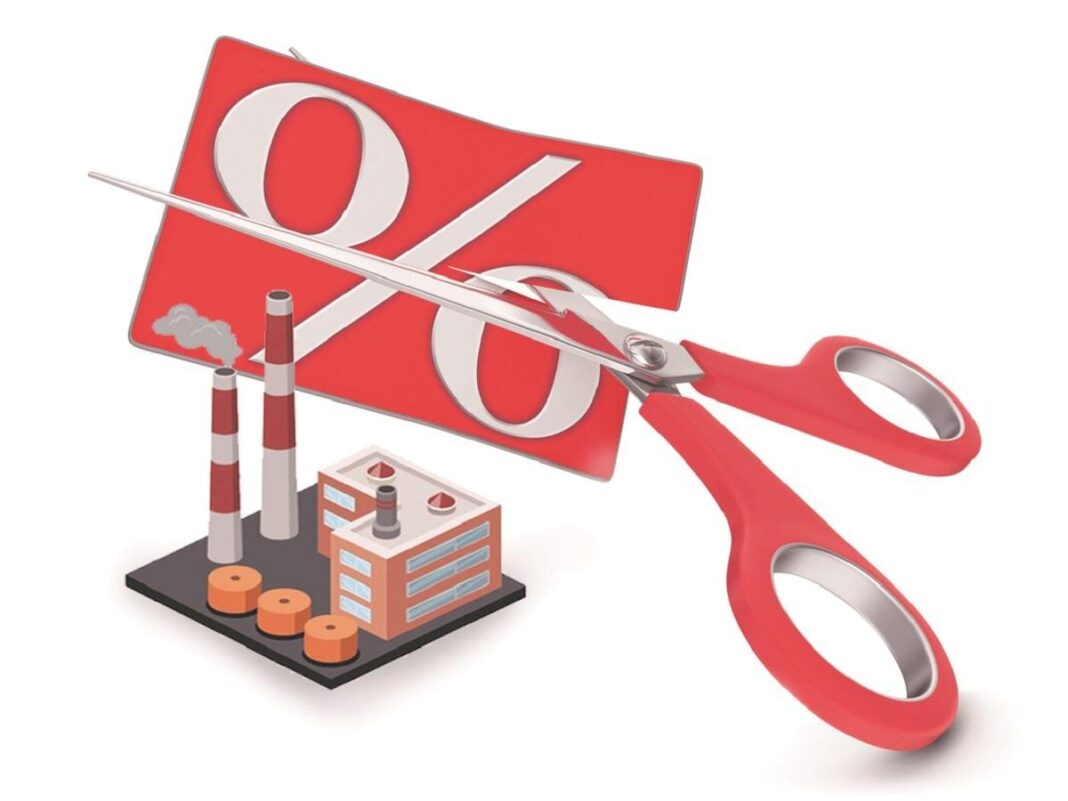[ad_1]
You will come across many e-commerce websites such as Flipkart, Amazon, Snapdeal, Myntra, etc that collects GST at 1% taxable value of goods/ services sold via them. The amount is paid by the buyer and not the seller. This TCS is an asset for the seller to set off against the GST-tax liability otherwise this money can be claimed back as a refund. In the context of Foreign Remittance Transactions, this kind of tax can be collected from you when you send money abroad for purposes like touring abroad, shopping, investing abroad, purchasing assets, etc.
“TCS or tax collected at source is very similar to tax deducted at source. The only difference between the two being the person from whose account the said sums are to be deducted and deposited. Just as in the case of TDS credit for sums collected and deposited via TCS is available in the tax accounts of the individuals and is verifiable via their online form 26AS. These sums can be set off against any tax liability arising during the year in question or refunded back to the deductees account if the tax liability is lesser than the amount so deducted,” said Pallav Pradyumn Narang, Partner, CNK.
Further, let’s say your foreign tour package cost for the F.Y. 2023-24 is Rs 5,00,000. TCS shall be collected @20%, i.e., 100,000.
Income from Salary Rs. 1,000,000
Gross Total Income Rs. 1,300,000
TCS Collected Rs. 100,000
TDS and TCS refer to the amounts deposited by third parties in our PAN (being an account) as proportion of tax payable on the transaction. For every amount deposited with the government as tax, the corresponding noting is made with respect to the assessee’s income.
You can claim a TCS refund in your Income Tax Return if you have paid more TCS than your actual tax liability. To claim the TCS refund, you must fill out the ITR form’s relevant sections and provide supporting documentation. If you are subject to TDS or have already paid advance tax, the excess TCS will have to be claimed as a refund while filing tax returns but your money will be blocked till you get the refund.
You can also offset TCS while filing advance taxes. For those who are not able to offset this amount against taxes payable or any other form, it will be available as a refund after filing ITR.
‘The process for claiming is again premised on self assessment. So, at the end of the year, collate your data and find that the deposited tax is more than that was due, one is required to state it in the return being filed. The process of refund from there is swift in most cases, as the systems are now automated and if there is nothing suspicious the refunds are processed within a couple of months. In fact, if the government does not pay on the fixed timeline, the interest begins to accrue on the deposit. Hence, all in all, no money is lost and it only gets processed as per our disclosures,” said Sandeep Bajaj, Managing Partner, PSL Advocates & Solicitors
Similar is the case of payment of TCS paid in applicable cases while making a purchase. For eg. 1% payment made towards purchase of car (where value of car exceeds RS 10 lakh) is collected by seller and deposited in the government account relating to specific PAN number, the benefit of which can be claimed by assessee in a similar manner while filing return.
-
Both TDS (Tax Deduction at Source) and TCS (Tax Collection at Source) is in the nature of Advance Tax. Therefore, both are utilised for meeting the tax liability. Any excess deduction/payment in excess of the tax liability is refundable. -
TDS is deducted by the person from whom I receive Income. TCS is deducted by the seller from whom I avail notified products/ services. -
TDS relates to Income and TCS relates to Expenditure made. -
TCS is the liability of the seller to collect and then record it in respect of the corresponding PAN of the purchaser.The process for refund in this regard is the same as for TDA, i.e. it automatically appears in the PAN of the purchaser and the purchaser has the right to set it off against its dues or to claim refund of the same.
[ad_2]
Source link



